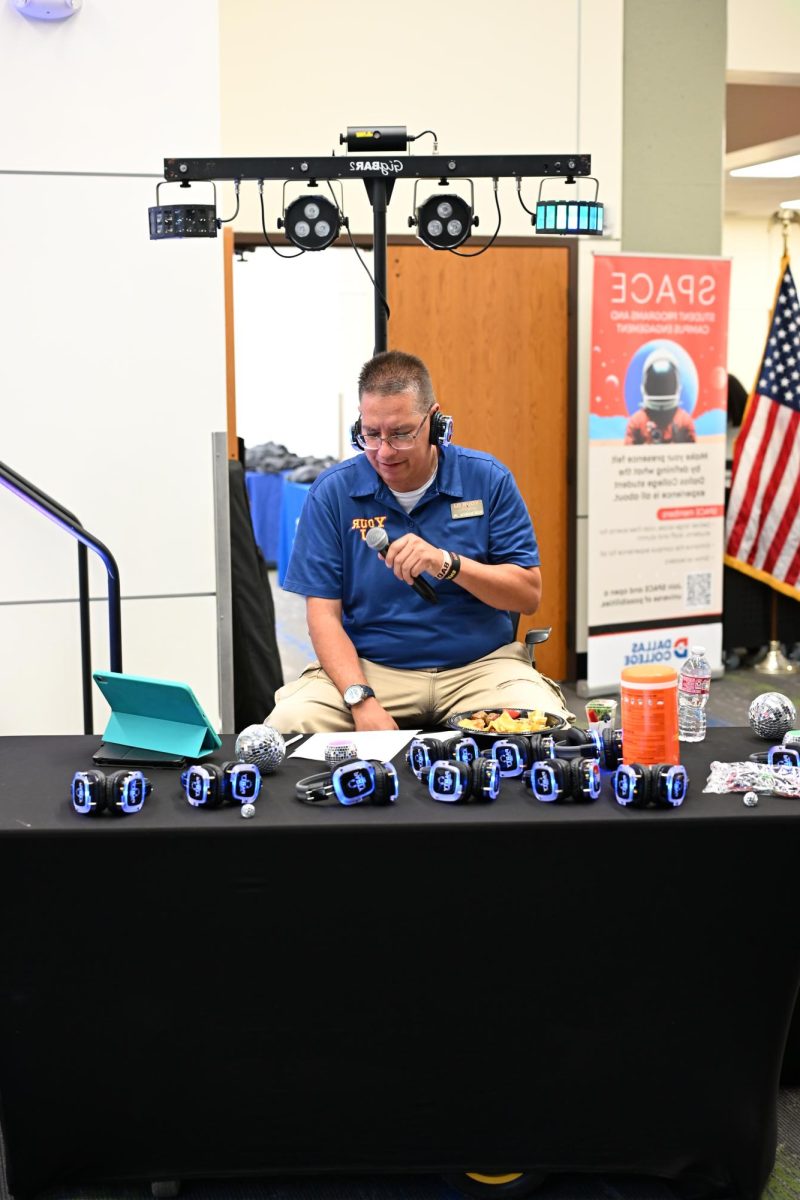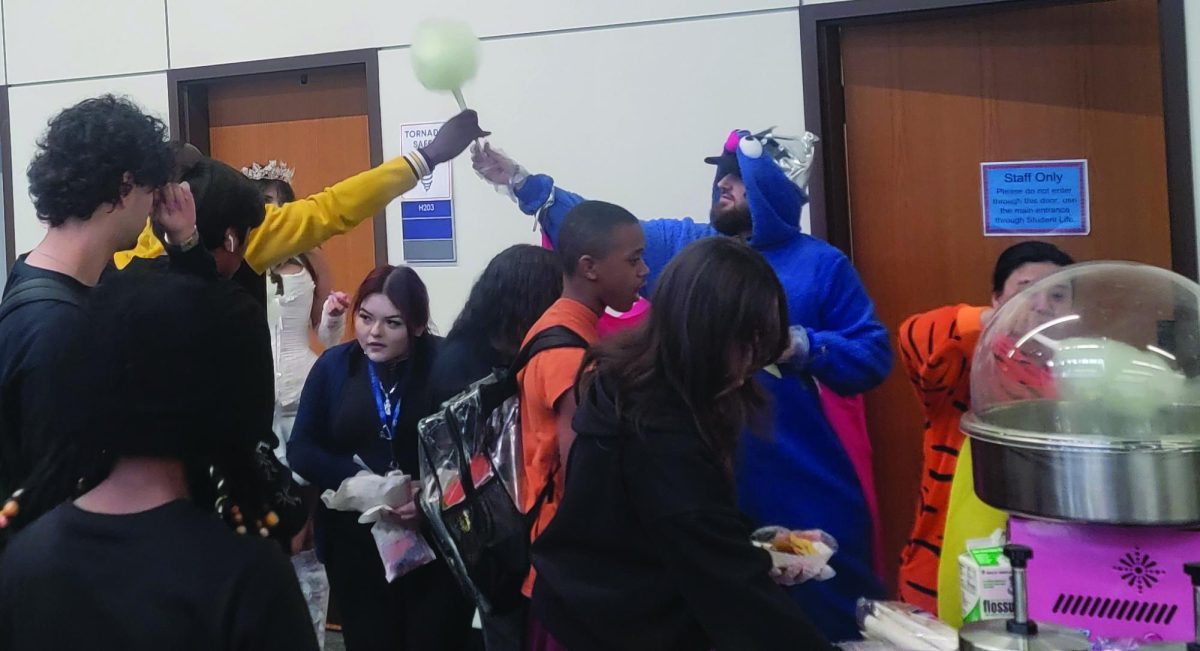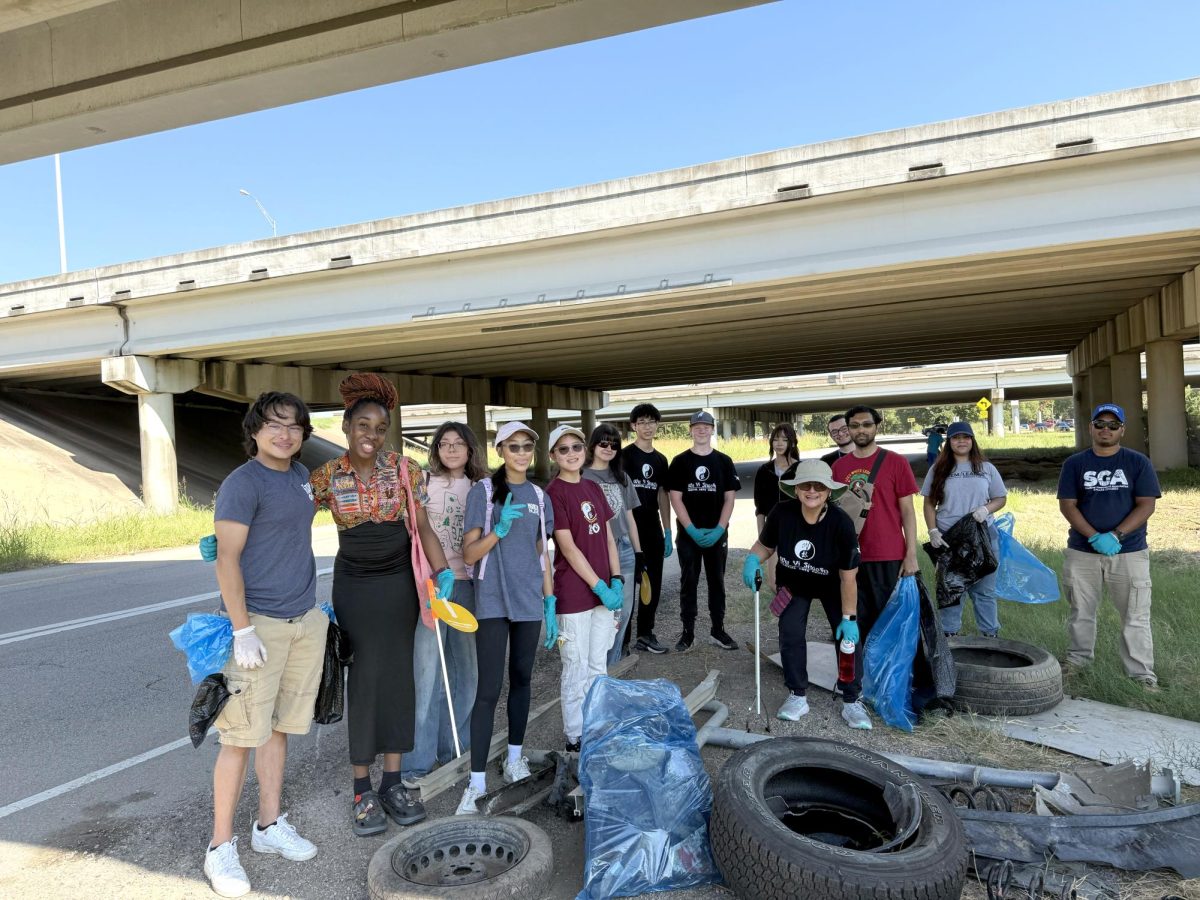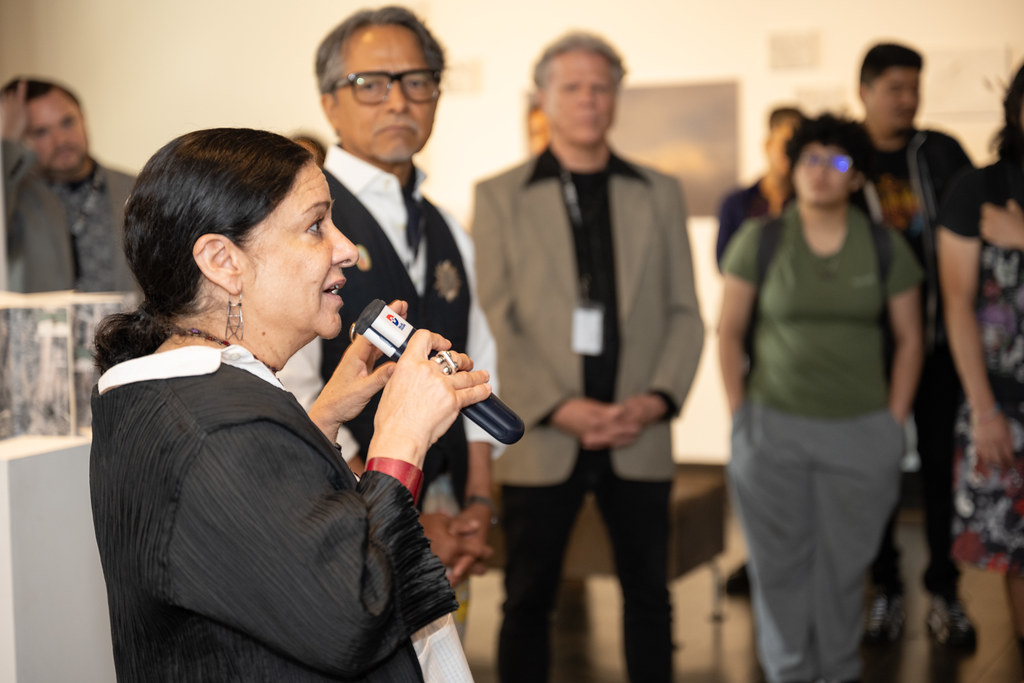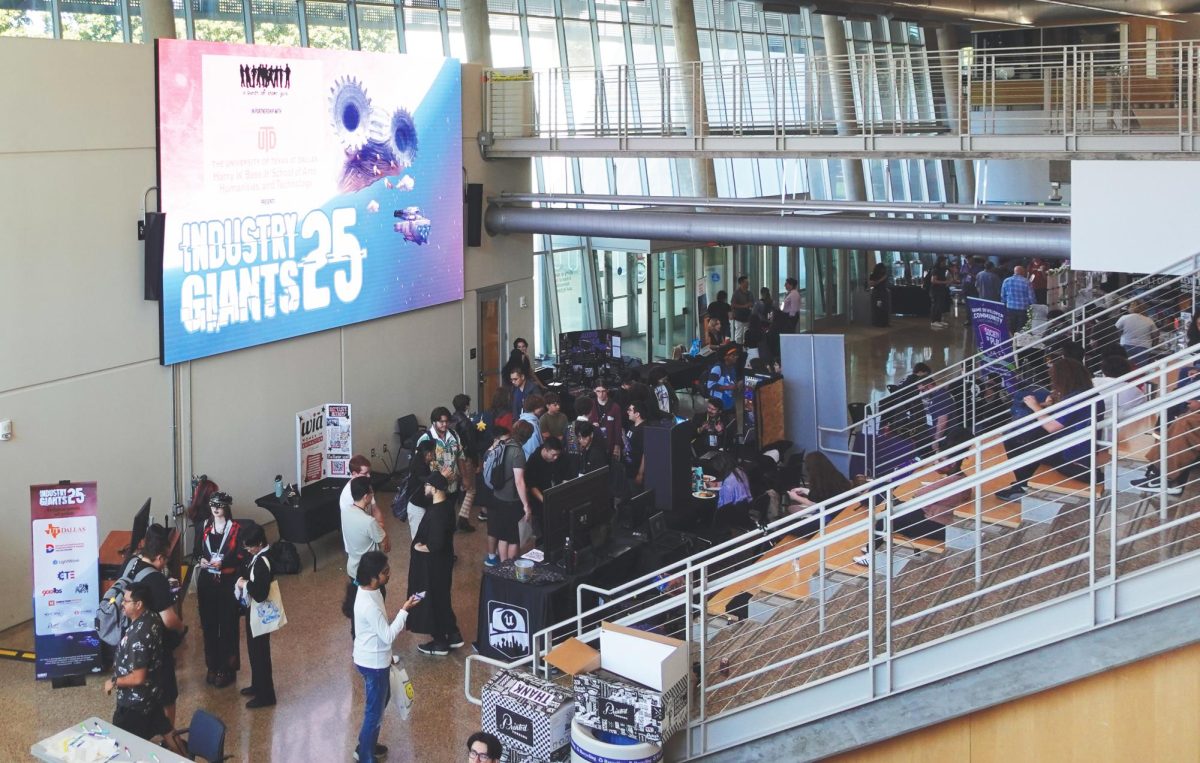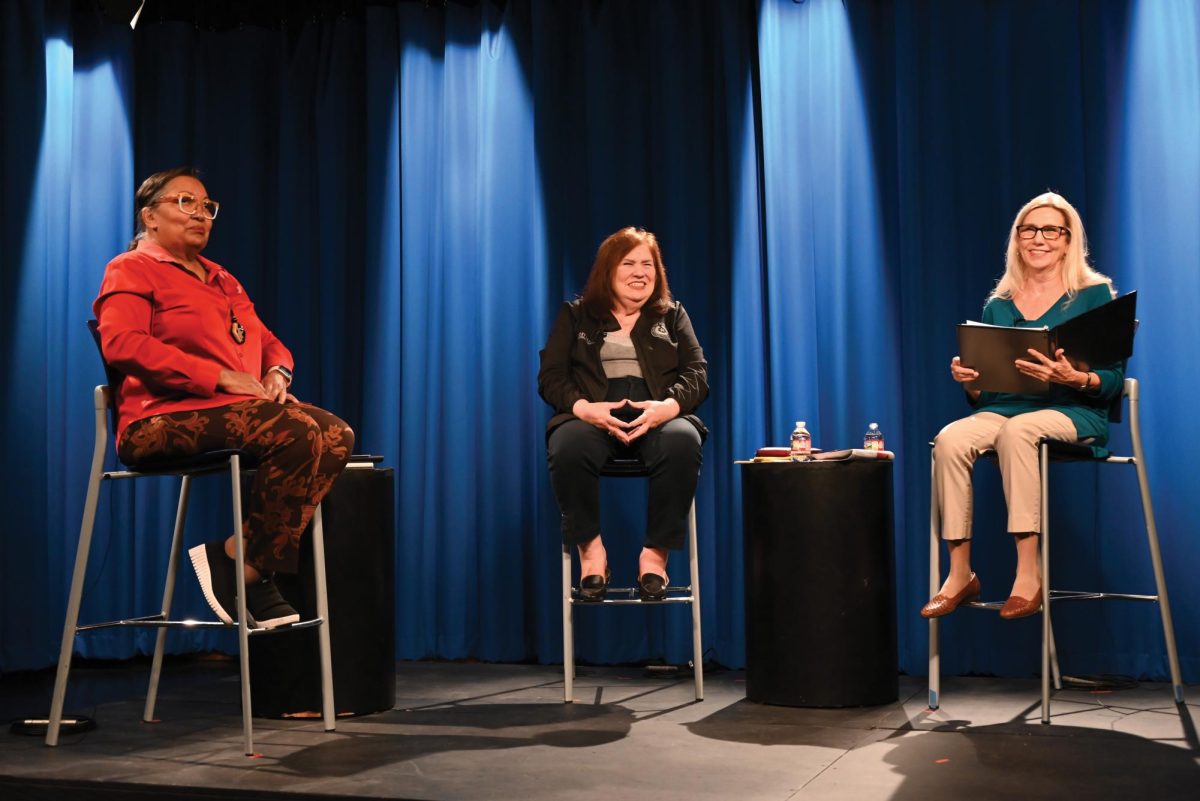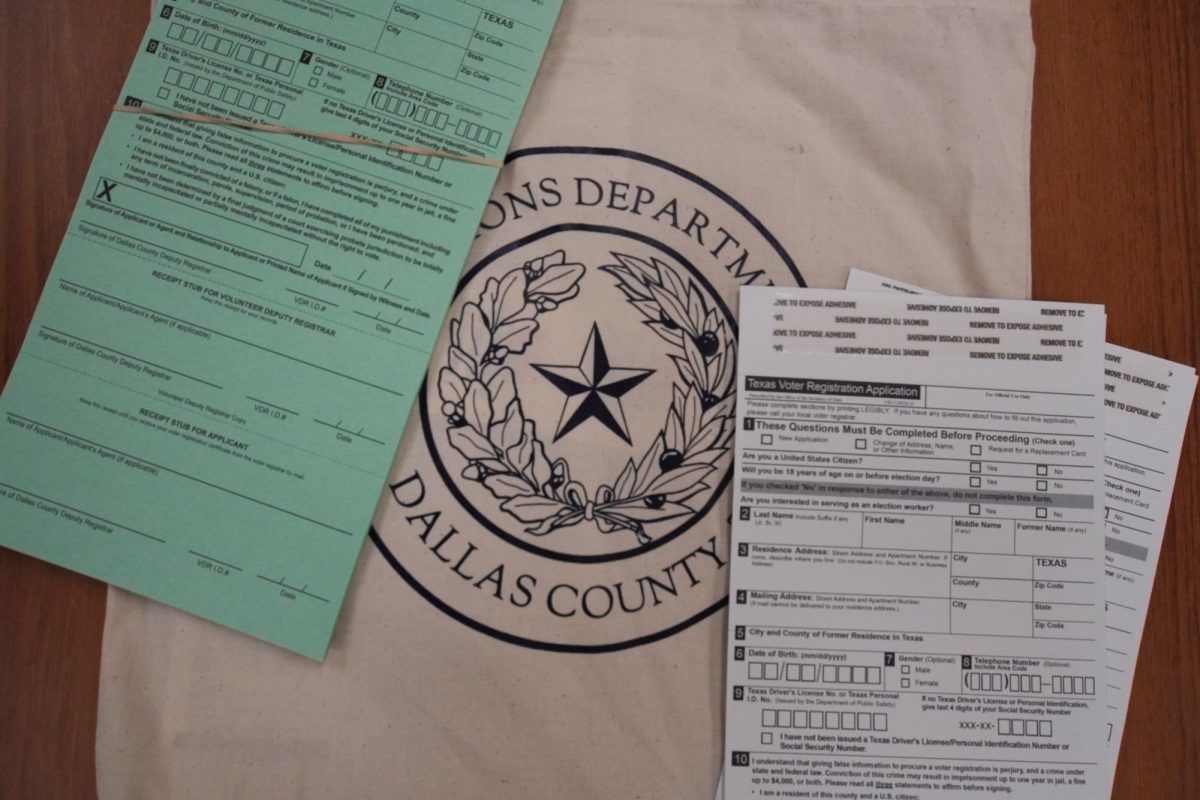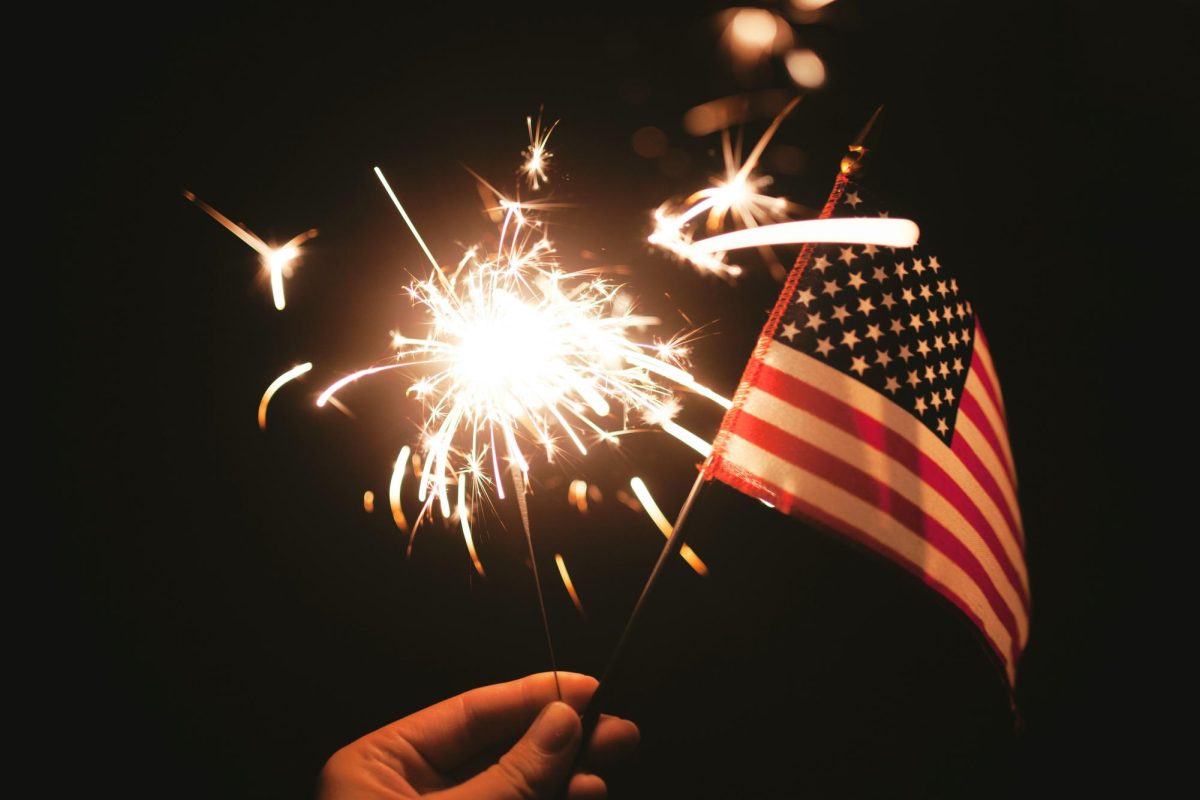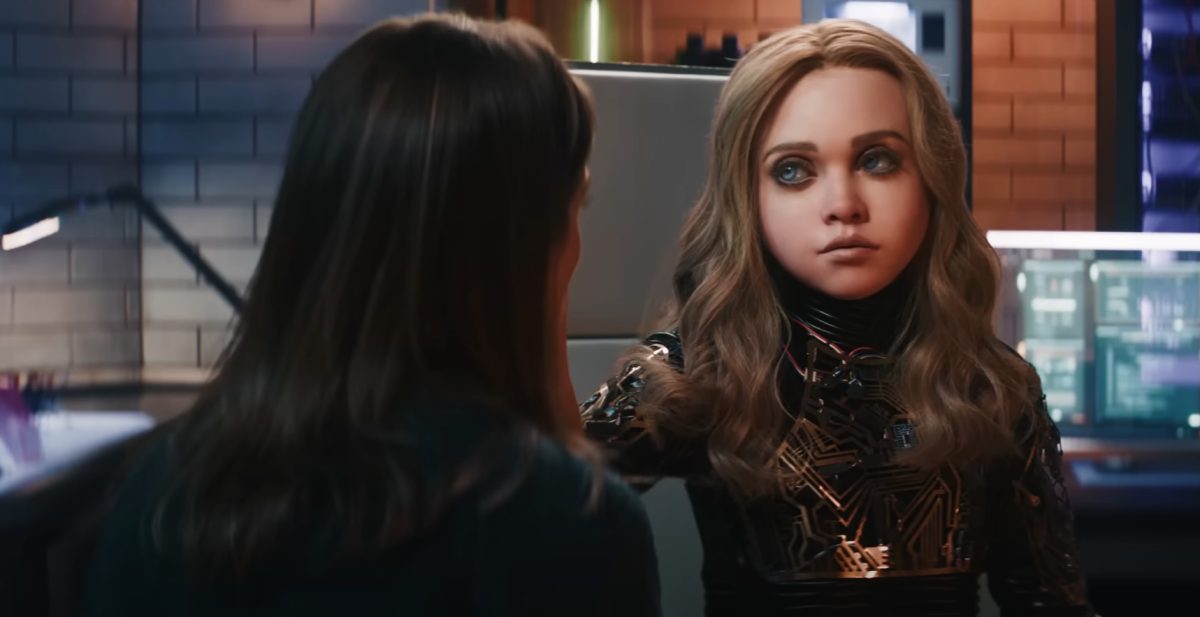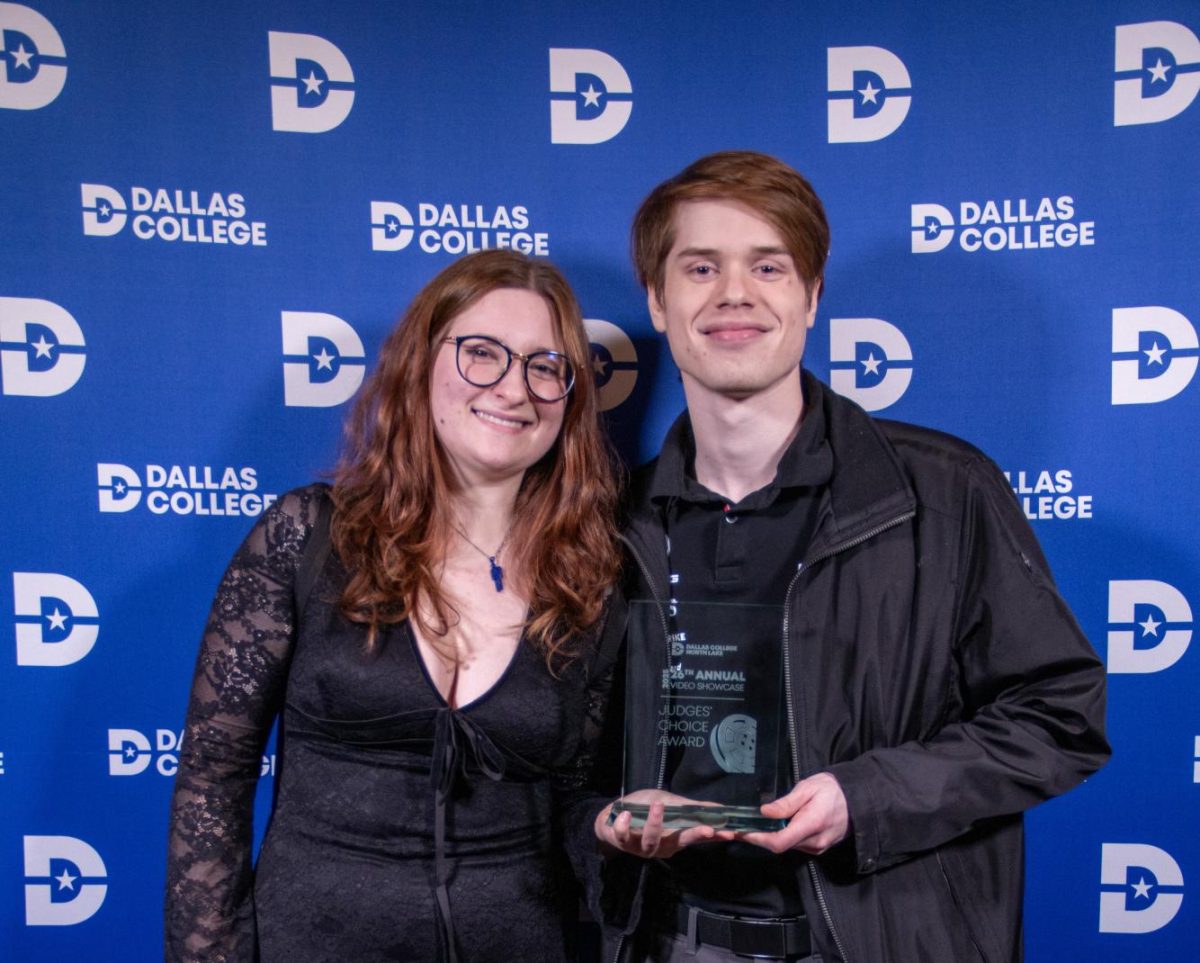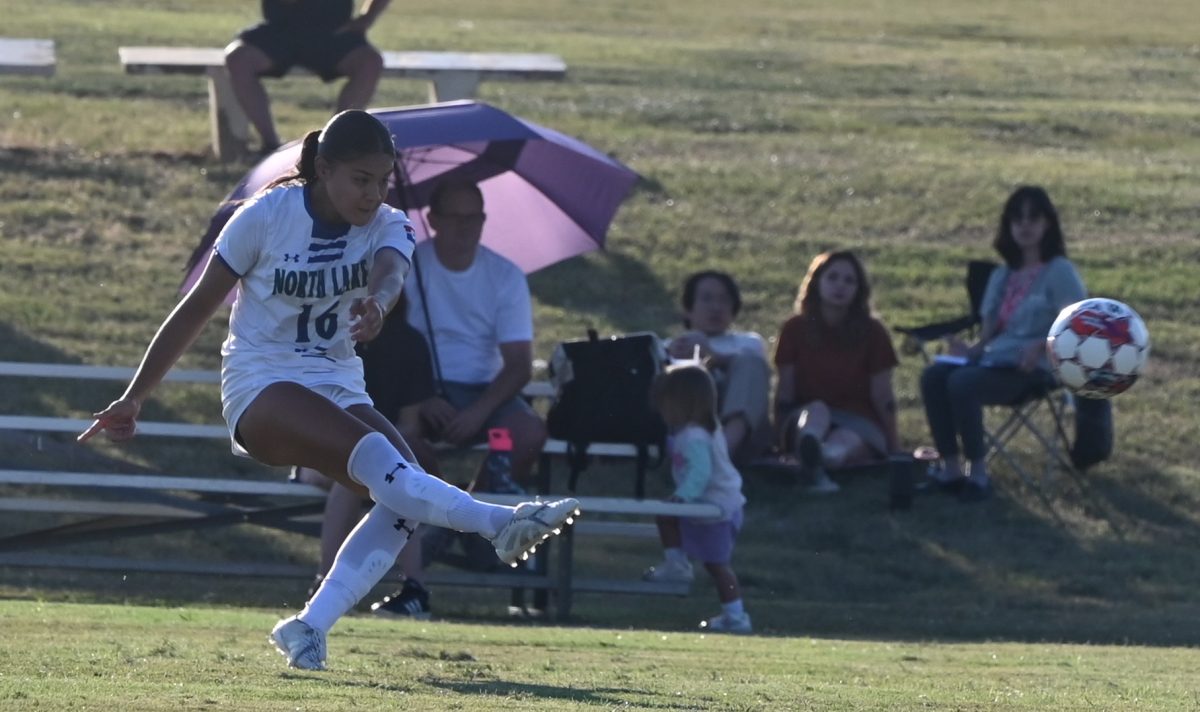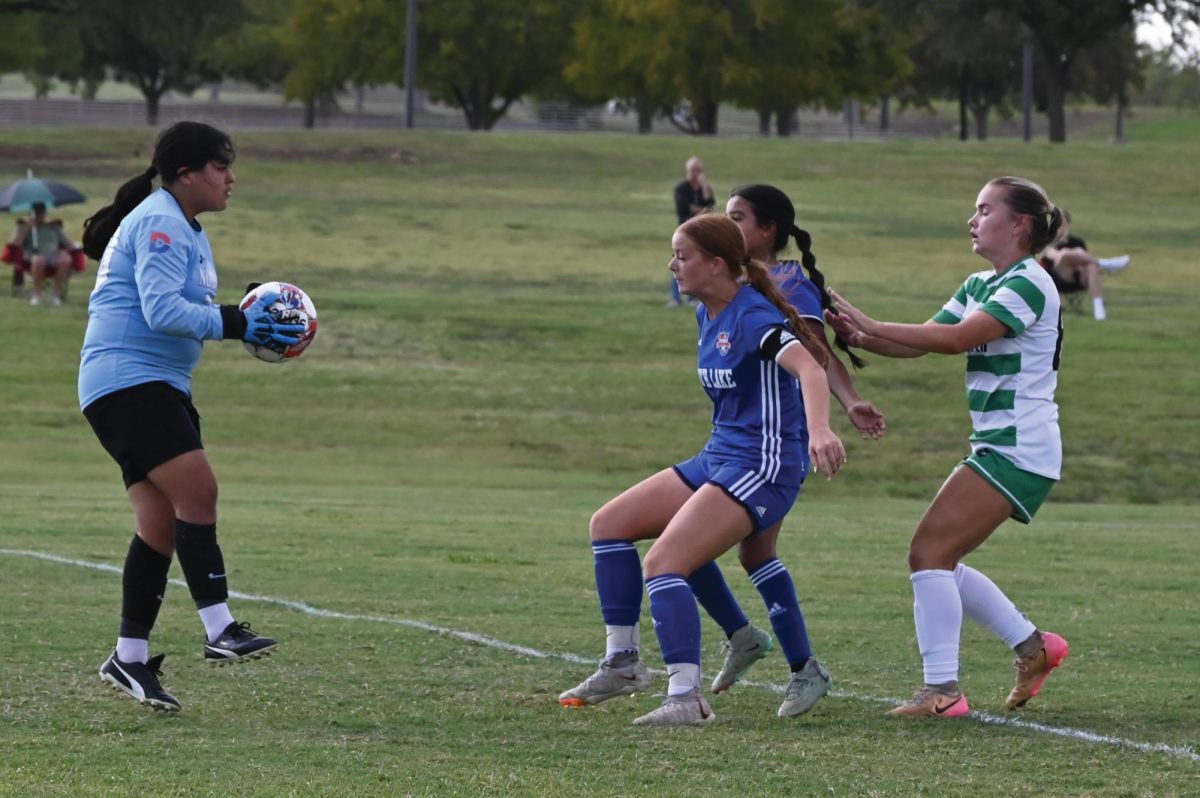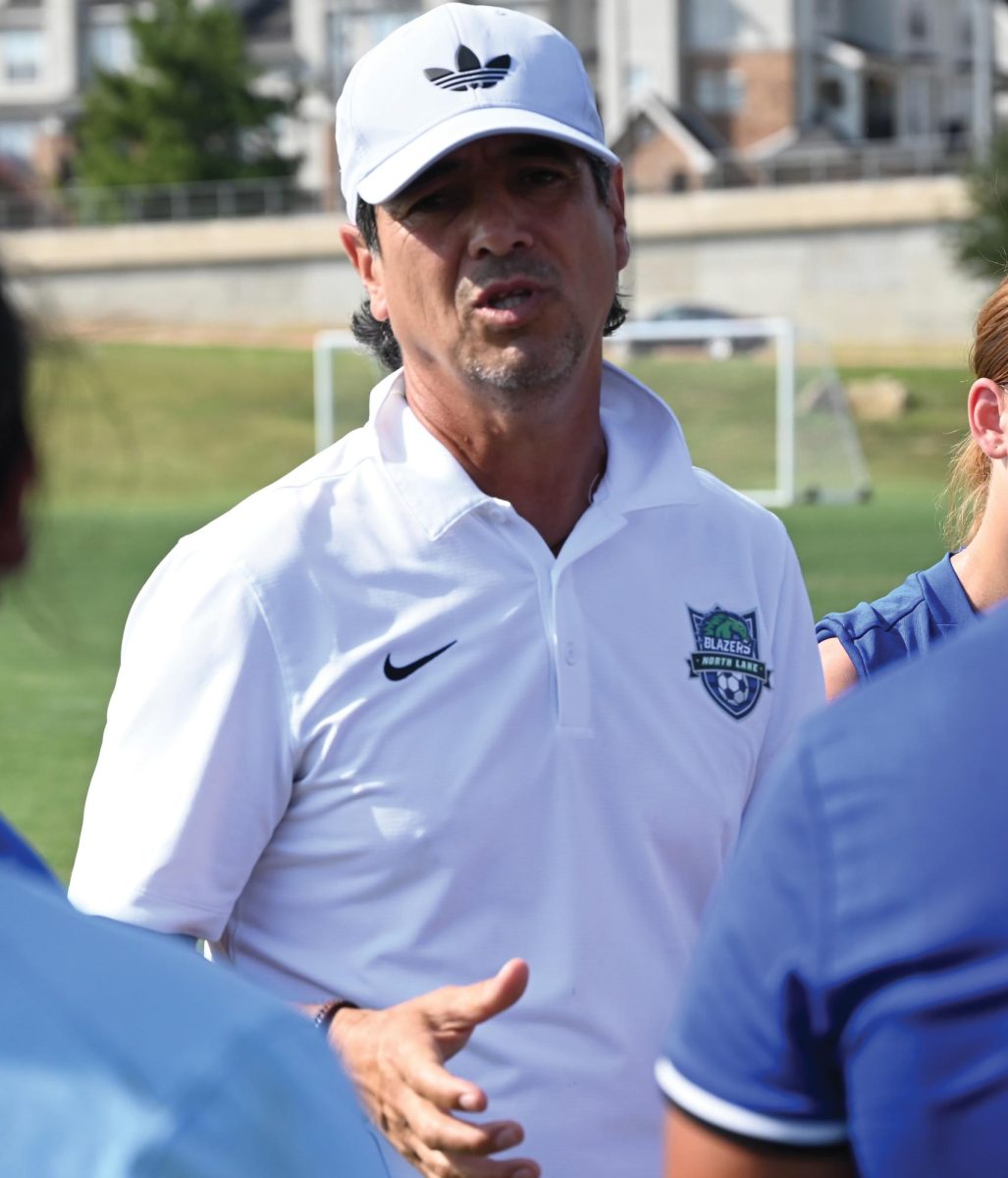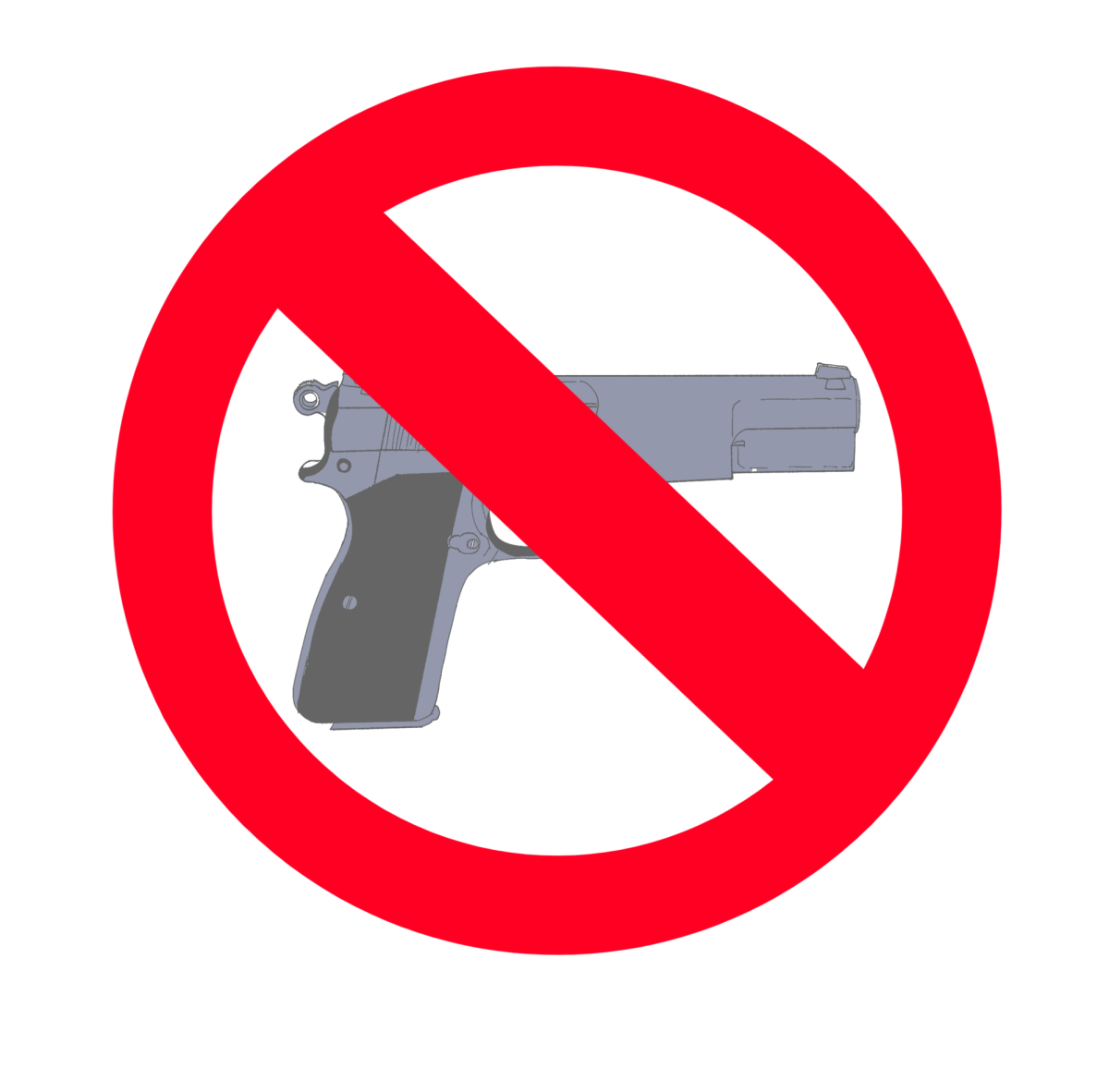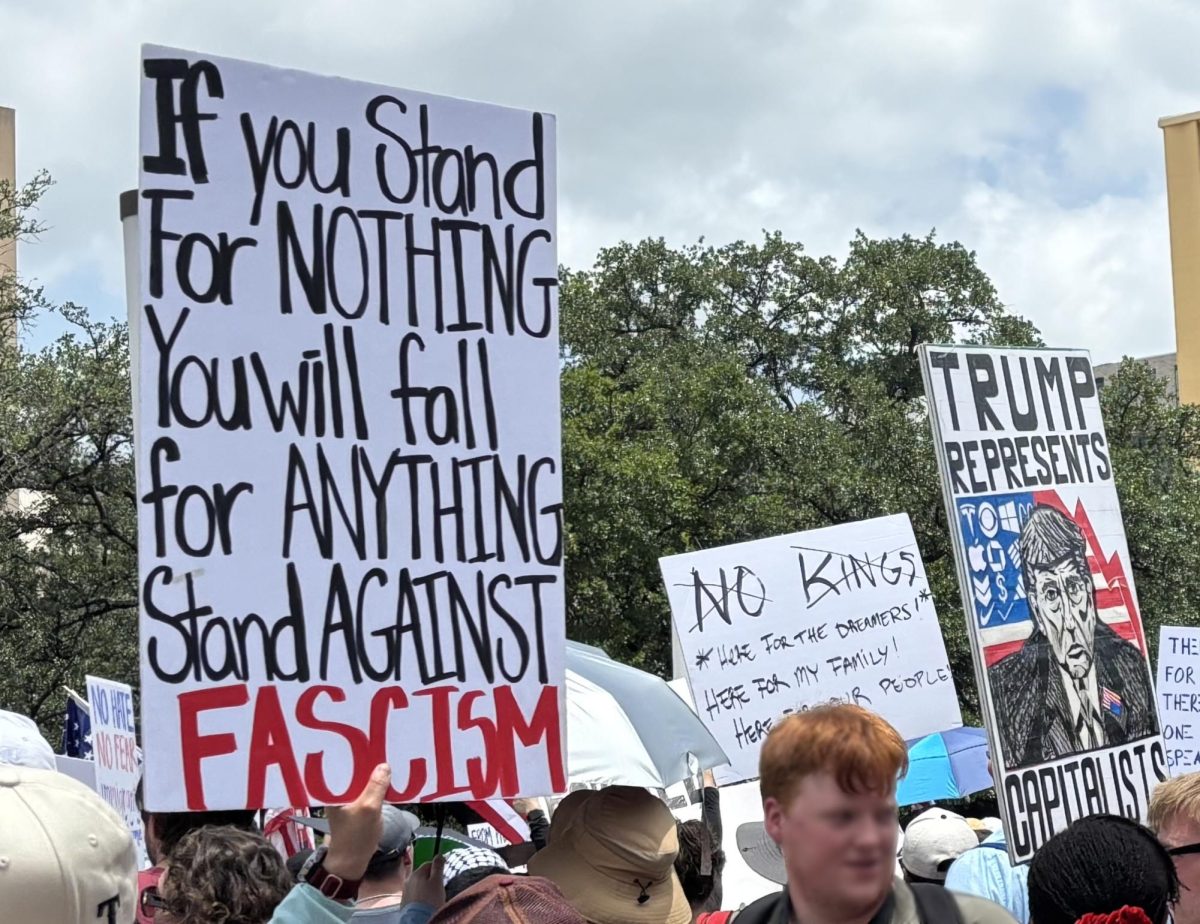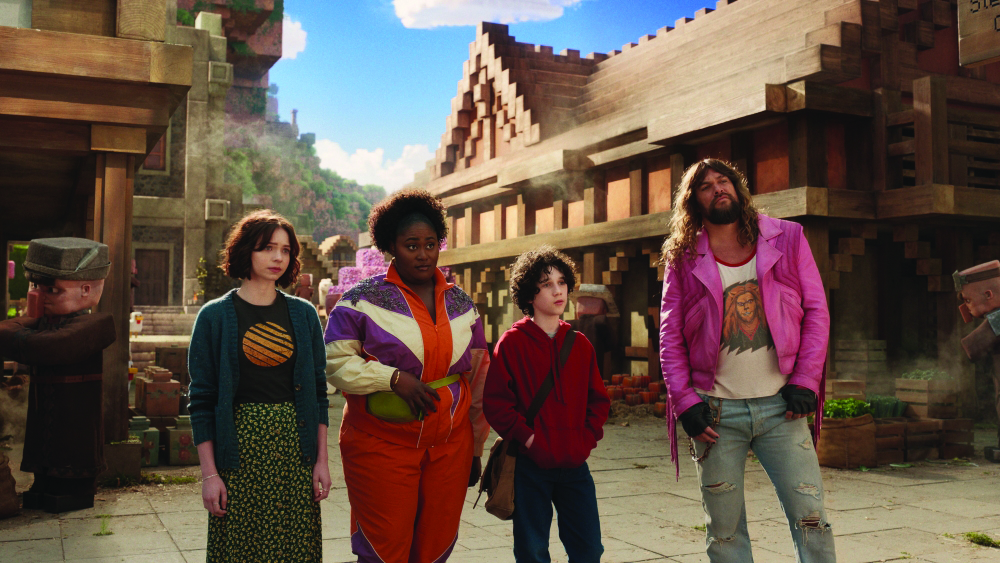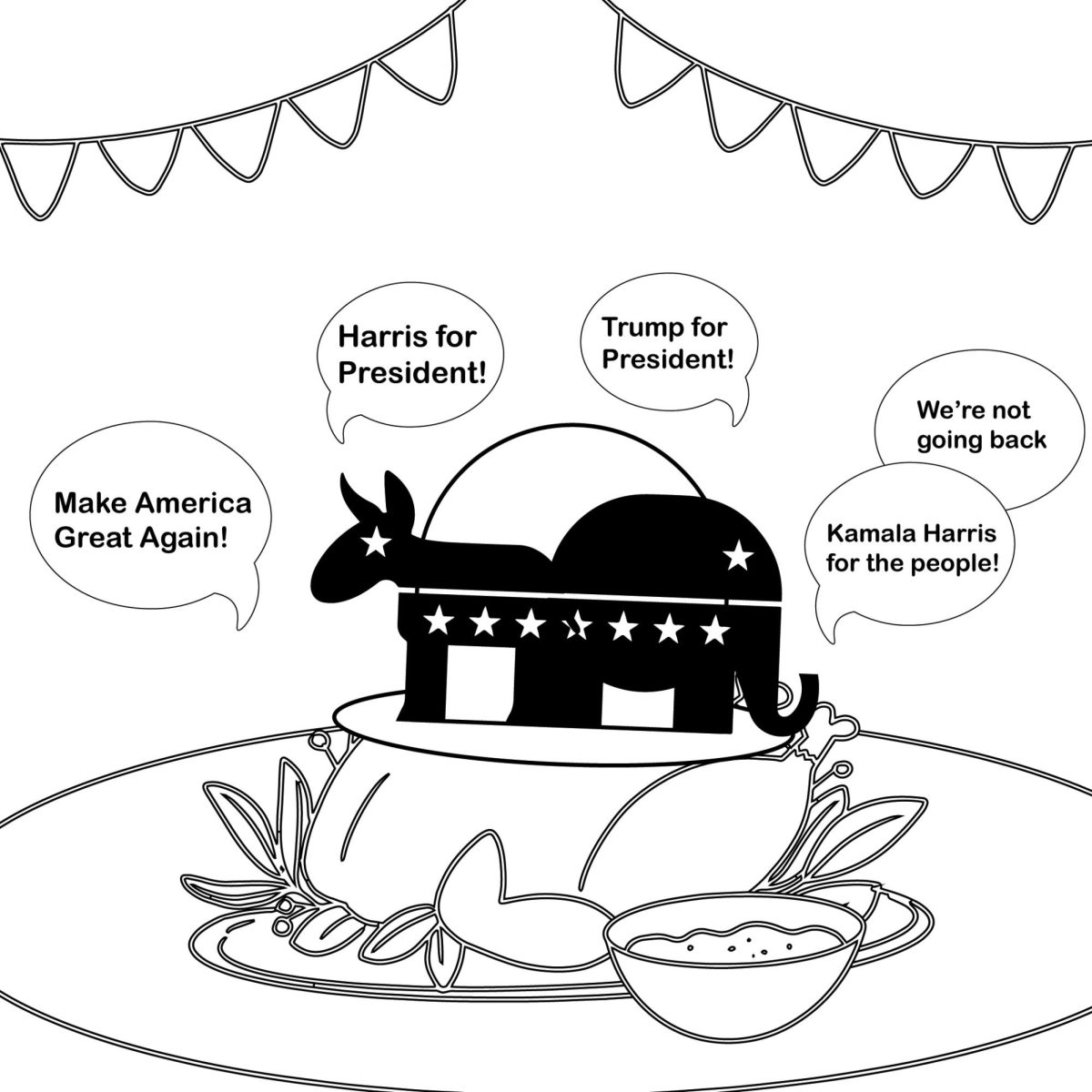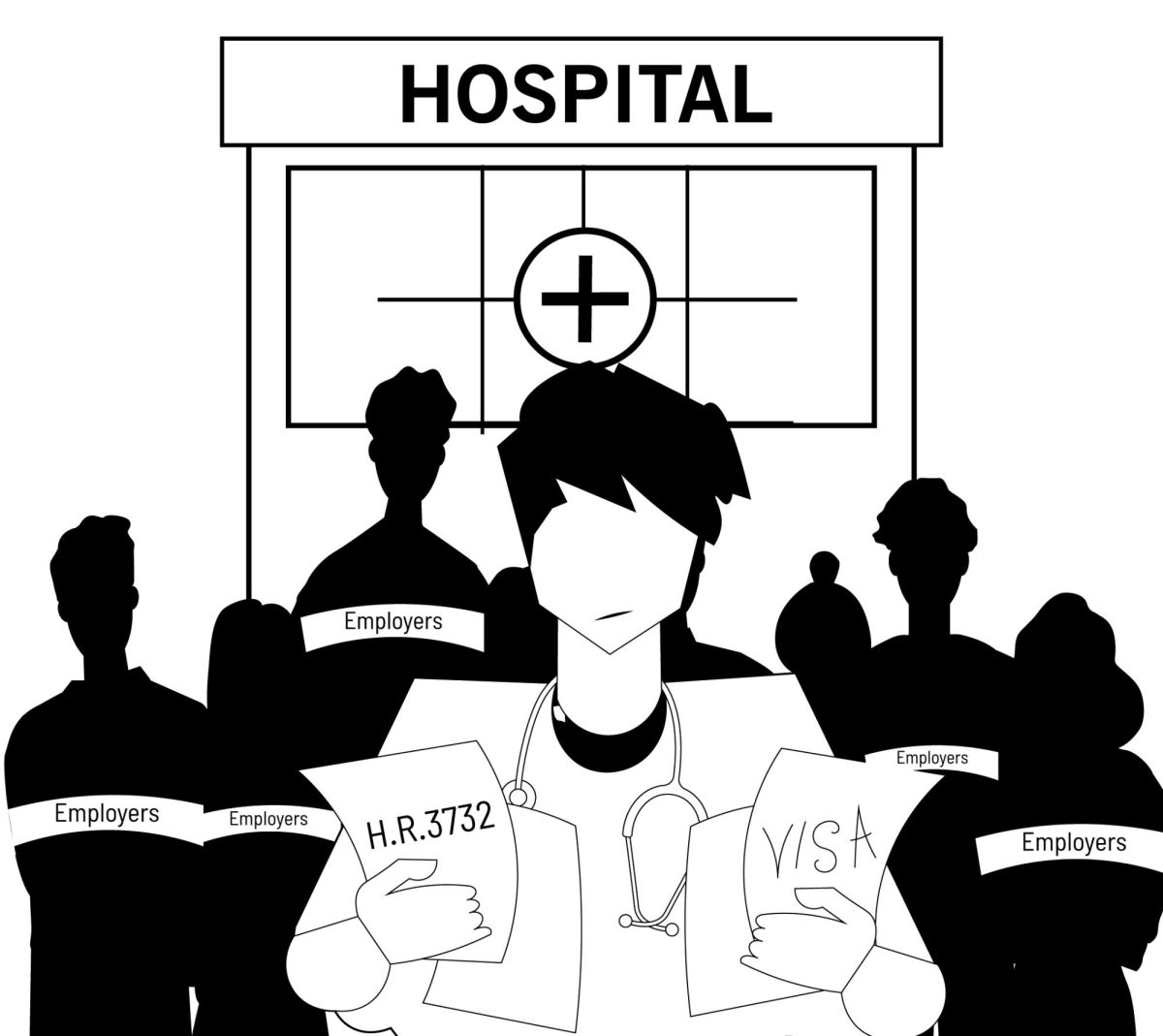“This is a lockdown drill. Please lock all doors and turn off the lights.” The students turn off the classroom lights and go silent. Everyone gathers into the corner furthest away from the door and waits quietly, becoming sitting ducks for anybody who may want to harm them. This is the standard protocol for intruder drills in public and private schools throughout the United States of America.
Gun violence has become a staple in American life, so much so that mass shootings could easily be listed among July 4th parties and barbeques as hallmarks of our country.
According to the Gun Violence Archive, a nonprofit website that presents gun violence statistics, as of Oct. 7, there have been 329 mass shootings in the United States this year. A mass shooting is defined as any shooting incident where at least four people, excluding the shooter, are injured.
There has been an uptick in shootings in just the past 30 days, with statics showing an increase from 292 incidents on Sept. 3 to 327 on Oct. 1. That is 35 shootings in less than one month and the shootings don’t seem to stop. As a matter of fact, they seem to keep getting closer to home.
On Sept. 24, there was a shooting at a Dallas ICE facility that killed two people. While this incident does not meet the criteria to be counted as a mass shooting, lives were still lost and families forever changed.
Many people can recall the April 1999 shooting at Columbine High School that took the lives of 13 students and one teacher. It was one of the first mass shootings to receive national publicity. With the majority of Dallas College students being under 24 years of age, according to Dallas College 2023-2024 statistics, most of those who are roaming the hallways have never lived in a world without mass shootings.
Generation Z is all too familiar with gun violence. They know the lockdown drills like the back of their hands. They grew up with mass shootings; from Virginia Tech (2007) to Sandy Hook (2012); to the Pulse Nightclub (2016) to Parkland (2017); Uvalde in 2022 and on Aug. 27, a mass shooting that killed two children and injured 21 o t h ers at the Annunciation Catholic School in Minneapolis.
According to the Gun Violence Archive, from Aug. 2014 to Aug. 2025, there have been a total of 5,469 mass shootings in the United States. That is only roughly half the time that Gen Z has been in school.
Raised on lock down drills and #neveragain, these students have been forced to watch helplessly as the adults around them do nothing to stop these repeated tragedies.
Despite the cries for justice and change, nothing notable has been done to prevent mass shootings. Gaps in gun legislation still exist, mental healthcare remains inaccessible and expensive. Thoughts and prayers still seem to be the main response.
In 2020, gun violence became the number one cause of death in children aged 1-17, ranking above both cancer and car crashes.
Students may wonder how many deaths it will take to put an end to these tragedies. They walk the halls and wonder if today will be the day they walk into class and never walk out. While some students may live in fear, others just accept the harsh reality, quietly and numbly accepting their fate.
This has been the reality for students in the United States for more than 26 years. Every year plays out almost the same: the number of shootings seem to go up while the number of people who care seem to go down.
How should Generation Z respond now, as adults themselves? What can Generation Z do to ensure that future generations do not have to live with the same fear? How can Generation Z respond differently from those who watched their children risk their lives at church and school and did nothing to stop gun violence from happening? How can we prevent those younger than ourselves from being sentenced to living in fear and even death, now that the power is in our hands?
While the situation may seem to grow dimmer by the day, the light of hope has not been extinguished. We still have the possibility of creating a future in America where students, parents and teachers do not have to live in fear for themselves and others.
That future will only become reality when people finally, truly decide that enough is enough. That will be the day people put down their pessimism and decide to take actionable steps towards ending gun violence.
There is still hope that a new day will dawn, however, this future can only become a reality if people agree to make it one.


